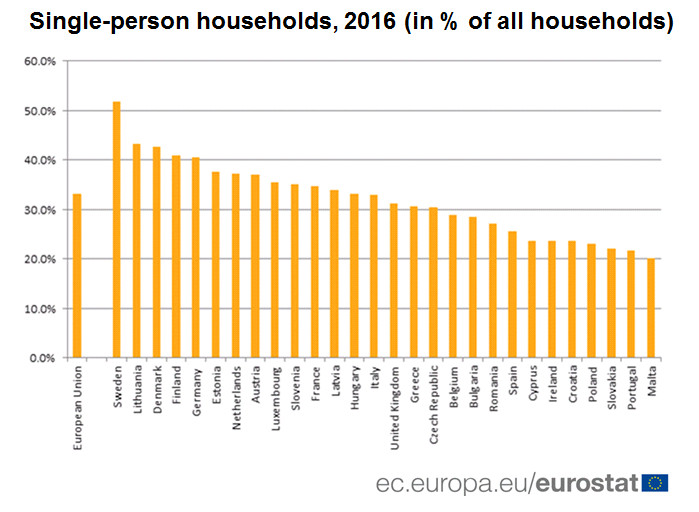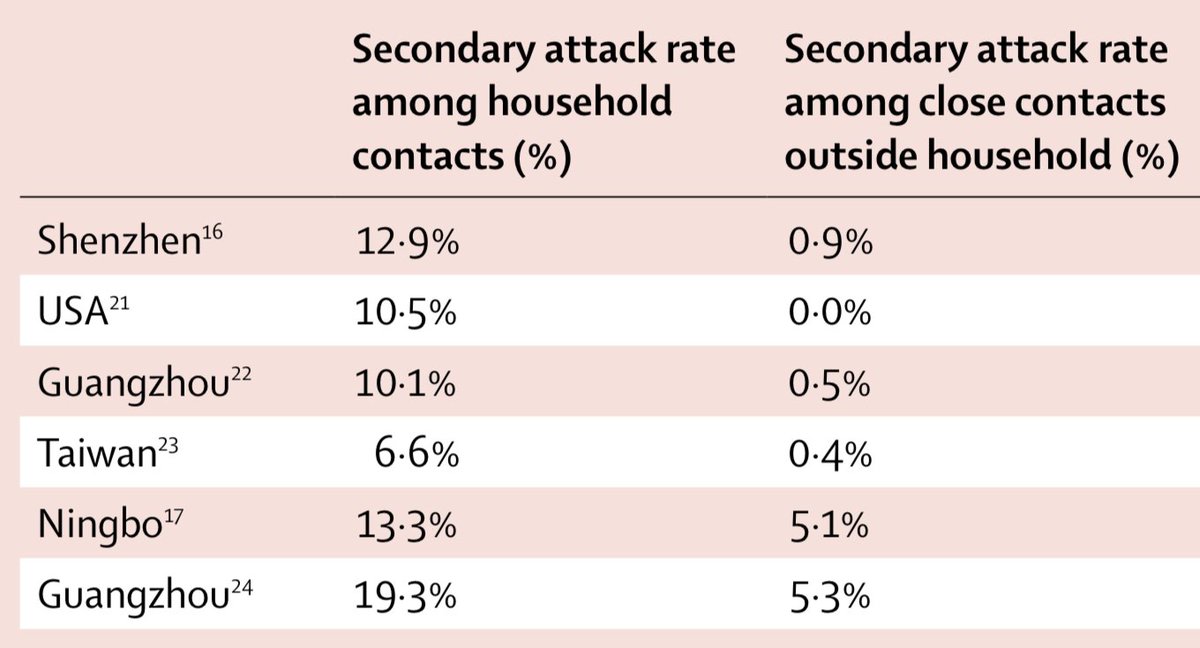As well as limits on gathering size in recent months ( https://twitter.com/AdamJKucharski/status/1298970718105993217?s=20">https://twitter.com/AdamJKuch... ), another feature of Sweden that stands out is household size - it& #39;s smallest average in Europe, with majority single occupant ( https://ec.europa.eu/eurostat/web/products-eurostat-news/-/DDN-20170905-1).">https://ec.europa.eu/eurostat/... What effect could this have on transmission? 1/
The estimated risk of transmission per contact is higher within household than outside household ( https://www.thelancet.com/journals/laninf/article/PIIS1473-3099(20)30457-6/fulltext).">https://www.thelancet.com/journals/... This means it can be helpful to think of an epidemic as a series of within-household outbreaks, linked by between household transmission... 2/
If the average size of an outbreak in a household is H, and each infected person within a household spreads infection to C other households in community on average, then we can think of the & #39;household& #39; reproduction number as equivalent to H x C. 3/
So if household size is smaller in a particular location, we& #39;d expect H to be smaller, and hence lead to a lower reproduction number, even if C is the same... 4/
Now, of course, there are many, many other factors that influence transmission (behaviour, control measures, immunity, perhaps other seasonal effects). And it& #39;s important to compare countries & understand what might be happening – and what control measures could be adapted... 5/

 Read on Twitter
Read on Twitter



